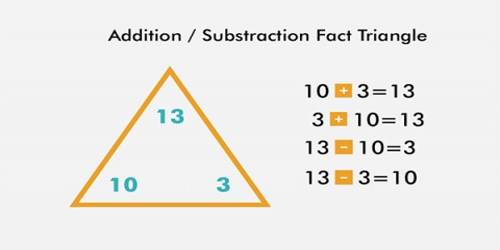International growth will be one of the most difficult issues that most entrepreneurs will confront. Hosts of difficult elements go into deciding whether to grow, expand, where to expand, and how to expand. The stakes are enormous: Failure can be deadly to a startup’s long-term sustainability, whilst success might mean the establishment of a global multimillion-dollar corporation. Fortunately, international growth does not have to be a risky proposition. Founders can eliminate a lot of risks and offer their business the greatest opportunity to succeed with the correct research and plan, as well as an understanding of the most prevalent errors.
Naturally, many of the criteria we need to investigate differ significantly among various industries. We will focus on midsized firms that sell directly to customers for simplicity’s sake. However, if you run a B2B firm, do not be discouraged; the strategy I will discuss may apply to your company as well. Businesses frequently make the error of viewing expansion as a goal in and of itself, rather than a required step in achieving a well-defined economic plan. There is a temptation to speed the process and not complete all of the necessary objective thinking. With the risks involved, it is crucial to consider if international growth is the only option to accomplish your business’s goals. If that is the case, are you truly prepared?
In terms of being “ready,” the most successful consumer firms use their home market to fine-tune their product offering, expand their team and infrastructure, and, most importantly, learn to change their business in response to altering customer expectations and demand. It is often less expensive to gain experience and make mistakes at home than it is to do it overseas. If you are ready to go after thinking about these questions, excellent! Where do you think you should go?
There is no alternative for research, and there is never enough of it. You will need to start by gathering data from your current consumer base. In a perfect world, a percentage of sales would already come from overseas customers, and this data may indicate prospective demand in a certain region.
However, this is far from definitive. Because of the language of your website or, if you are selling through a third-party platform, the geography of your customer base, sales may be focused in a certain country. Keep track of the customer’s journey and their preferences evolved over time. Flat demand or outlier increases might suggest a market ceiling or an unrelated issue that distorted the statistics. The next stage is to create a shortlist of potential places. At the top of the list should be countries with similar time zones, commercial cultures, languages, and legal and regulatory frameworks.
















